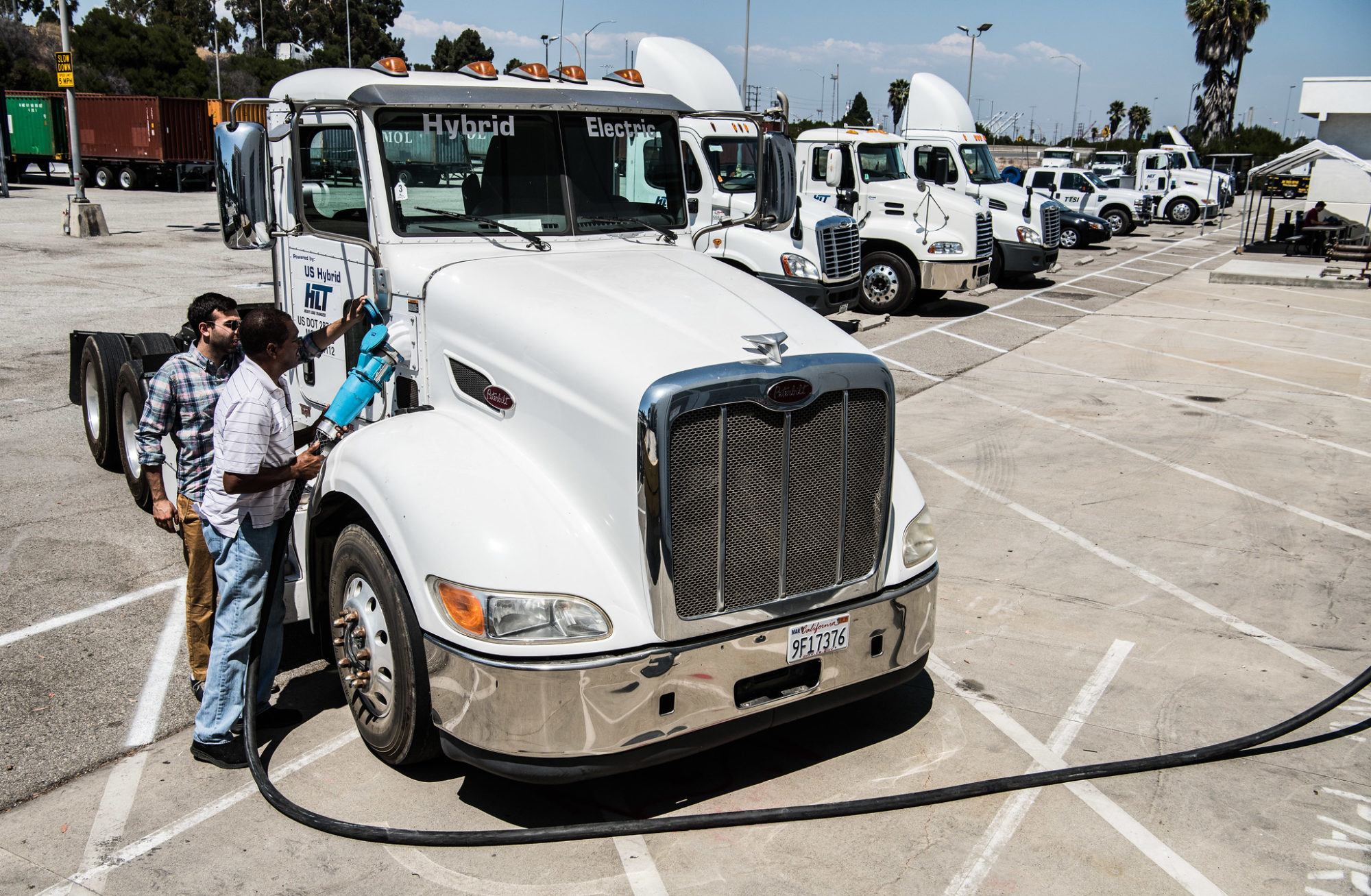Land Transport
case studies
Coradia iLint
In 2016, Alstrom unveiled the world’s first hydrogen train. In 2018, they went into service in Lower Saxony, Germany. Hydrogen trains allow for zero carbon trains onto non-electrified lines, this allows for trains to be run in harder to reach areas.
BYD
BYD is the world’s largest manufacturer of electric vehicles and the global leader in battery-electric trucks. With large investment into short-haul goods movement, such as ports, rail yards and freight-handling facilities.
Car Chargepoints in New Homes
The UK government has proposed a requirement that all new-build homes with a dedicated car parking space should be fitted with an electric car chargepoint. As well as this…
Pathways to Net Zero Land Transport
Current Challenges
- Inadequate infrastructure. To rival the current state of gas station availability, companies and governments must invest in charging stations and hydrogen-refueling centers to make net zero travel the norm. The accessibility of these resources for non-urban communities must also be taken into consideration.
- Lower commercial viability. Compared with over 400 petrol and diesel car models, there are only 20 BEV models currently available to consumers. With less variability and often higher costs, electric vehicles are not commercially available for many car-owners.
- High costs of railway electrification. Though many urban train systems are looking to electrify and improve their railways, train electrification requires the whole network to be transformed. This places a burden on rural railways, where the costs often outweigh the benefits.



Image of two people fueling a hydrogen-powered truck in California. Photo Credit: Dennis Schroeder / NREL.
Net Zero Innovations for Land Transport
Use existing networks to support net zero change
Rather than starting from scratch, constructing the zero-carbon transport infrastructure needed to support widespread BEV-use can build on-top of existing systems. Including charging and hydrogen-refuelling stations at petrol or service stations will help boost the accessibility of low-carbon travel options. Companies and building owners can support this transformation by incentivizing better travel options for employees and residents.
Transform public transport
Public transport has long been seen as a more sustainable travel option than personal cars. Along with transporting a large number of people using less fuel, public transport can also be retrofitted to electric or hydrogen powered systems. Implementing these net zero changes can also allow cities to update their railway systems, making them more efficient and safer. Government should also ensure that public transport is accessible to everyone by adding more bus routes in underserved communities and boosting non-urban travel.
Shift transport habits
With the rise of greater electric vehicle and automated transport technology and the growing popularity of ride-sharing, cities have the opportunity to boost energy efficiency in travel and significantly reduce their transport emissions. In tandem to building out electric car and bus infrastructure, cities should also promote biking and walking among residents with more bike lanes and safe walking paths.
Net Zero Policy for Land Transport
There are three major policy steps governments can take to kickstart net zero land transport:
- Restrict emissions and eventual ban the selling of new carbon producing vehicles.
- Invest in net zero infrastructure across society (for example, requiring new homes to have EV charging points).
- Offer financial incentives. Due to EVs having a higher upfront cost (even if they have a lower lifetime cost due to cheaper energy and maintenance costs), tax incentives can help buyers make the jump to electric vehicles. For example the Clean Vehicle Rebate Project (CVRP) in California offers up to $7,000 in electric vehicle rebates for the purchase or lease of new, eligible zero-emissions and plug-in hybrid light-duty vehicles.